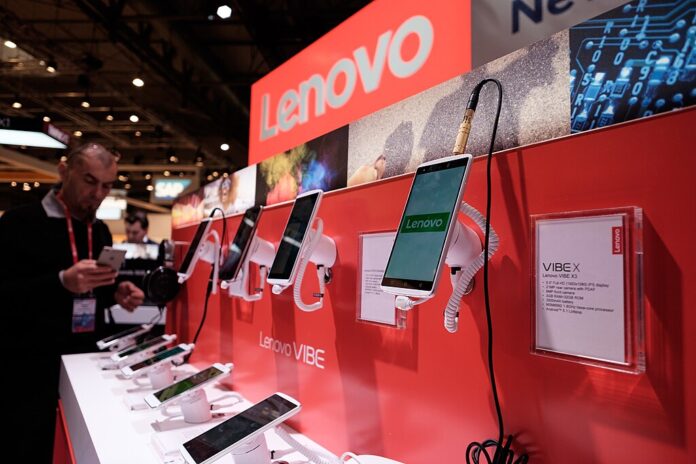Valve’s Steam Deck faces serious competition as Lenovo and Asus roll out powerful new handhelds.
A new champion has emerged in the rapidly evolving handheld gaming PC market: the Lenovo Legion Go S (Z1 Extreme, SteamOS). The latest version of Lenovo’s portable powerhouse has officially dethroned the Steam Deck as the best handheld gaming PC of 2025, according to IGN’s updated rankings.
This fresh round of testing puts the Go S ahead of not just Valve’s trailblazing Steam Deck OLED, but also the previously top-rated Asus ROG Ally X. Lenovo’s reimagined device now leads the pack with improved performance, a higher resolution display, and the gaming-centric SteamOS operating system replacing Windows.
When Lenovo launched the original Go S earlier this year, it was panned for poor performance under a weak Z2 Go processor and an OS ill-suited for gaming. But with the new Z1 Extreme chip and SteamOS baked in, everything has changed. Now priced at $829, the Legion Go S isn’t cheap, but reviewers found it significantly more capable than its rivals.
IGN’s Jacqueline Thomas, who reviewed the device, said the SteamOS variant of the Go S beat the ROG Ally X in benchmarks by up to 9%, despite both using the same AMD Z1 Extreme chip. Notably, it delivered a stable 60 frames per second in Baldur’s Gate 3—a feat the Steam Deck OLED couldn’t replicate.
“The Go S is not only powerful,” Thomas noted, “but it’s also one of the most comfortable handhelds I’ve ever used.”
Embed from Getty ImagesWeighing 1.61 lbs with rounded edges and a textured grip, the Go S offers both performance and playability. It also sports one of the best LCD displays seen in a portable in 2025—vivid, sharp, and responsive. While it lacks the OLED panel of the Steam Deck, its 1600p resolution gives games an extra visual punch.
Second on the leaderboard is the Asus ROG Ally X, the best Windows-based handheld on the market. It brings faster 7,400MHz memory, a massive 80Wh battery, and a bulked-up chassis that solves earlier thermal issues. Its benchmark improvements over the original Ally range from 12–15%, and it now boasts two USB-C ports, replacing the fragile MicroSD slot.
For those seeking value over raw power, the Steam Deck OLED still holds its own. Launched as an upgrade to Valve’s original model, the OLED version features a brighter, more efficient screen and better battery life. However, its AMD Zen 2 CPU and RDNA 2 GPU now feel dated against newer competition.
Rounding out the top four is the Lenovo Legion Go, which sits as the high-performance option for hardcore gamers. It runs Windows 11 and features a massive 8.8-inch QHD display, ideal for those wanting a tablet-style experience. However, its bulk and high resolution can demand additional user tweaking for optimal performance.
This new wave of portable PCs signals a golden era for mobile gaming, once confined to laptops or consoles. With the upcoming launch of the ROG Xbox Ally X from Microsoft and Asus later this year, the handheld space looks set to heat up even further.
As more developers optimise for mobile platforms and SteamOS continues to mature, it’s clear: portable gaming PCs are no longer niche gadgets. They’re becoming the mainstream battleground for PC gaming’s future.
